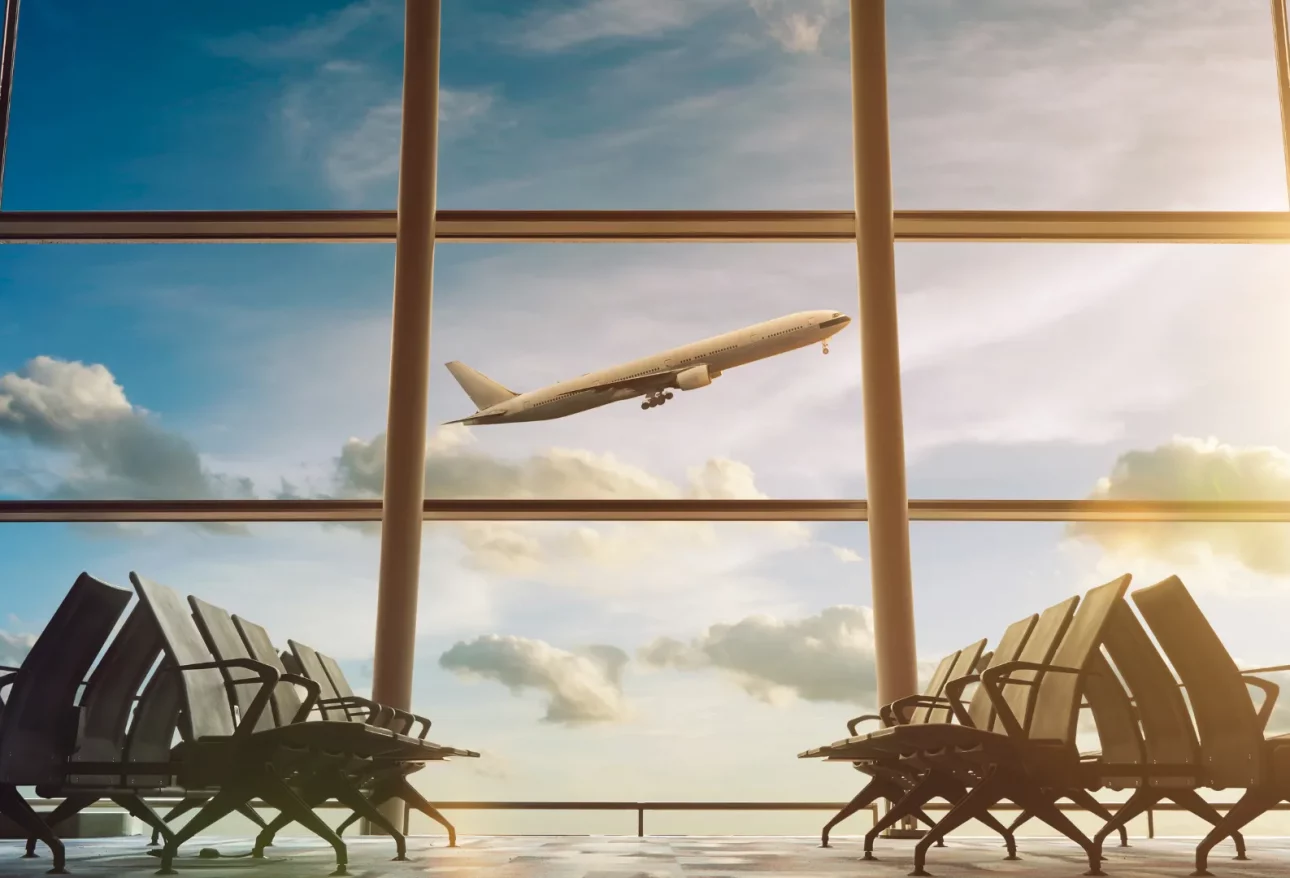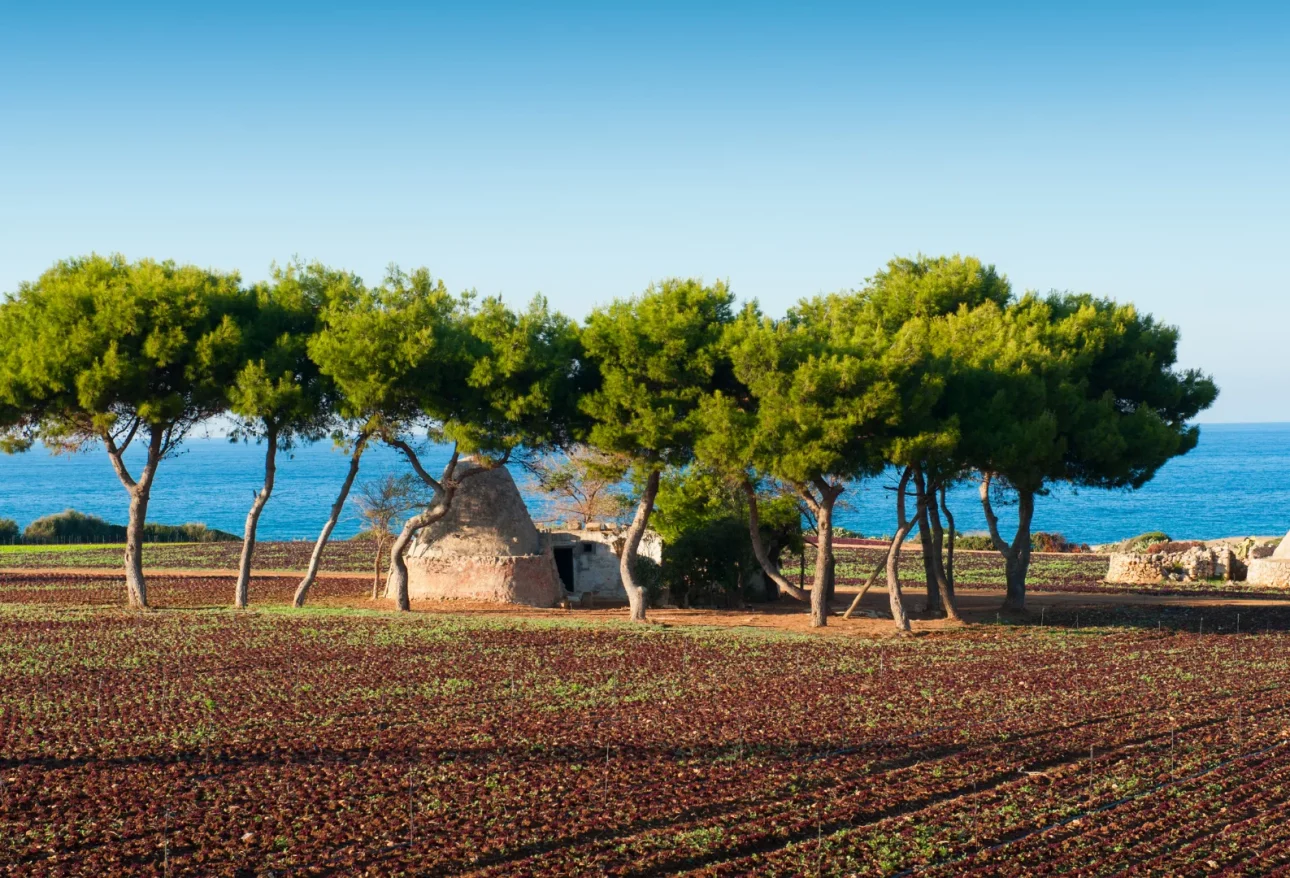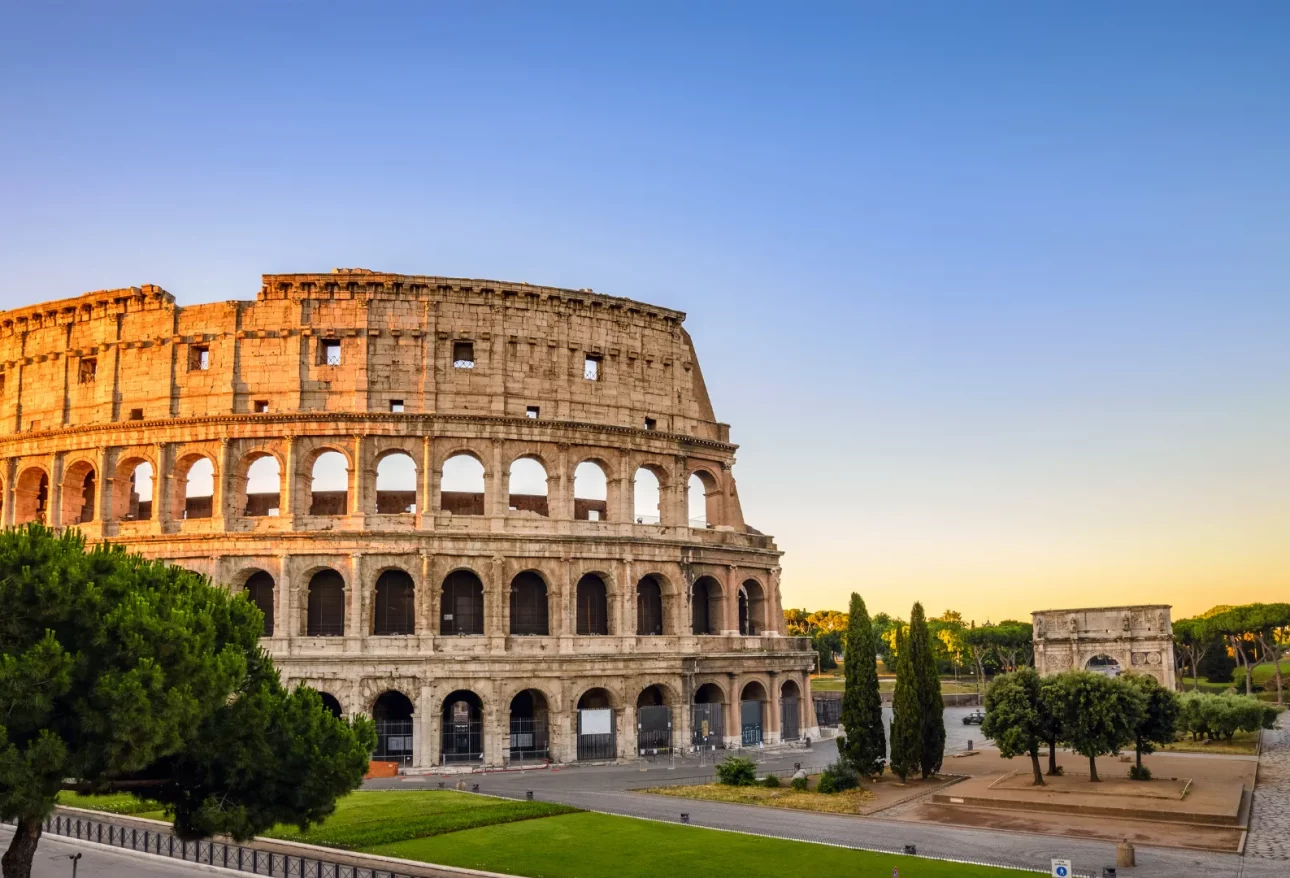
Smart Timing: Visiting Italy in Shoulder Season for Value & Calm
Choosing the right moment to visit Italy can make the difference between an ordinary holiday and an unforgettable, truly serene experience. Smart Timing: Visiting Italy in Shoulder Season for Value & Calm explores why spring (April-May) and autumn (September-October) are the ideal windows for refined travellers seeking elegance, authenticity, and peace – all while enjoying exceptional value. Travellers from the UK and other English-speaking countries are often familiar with Italy’s high summer energy, but what if you could have all the cultural richness, culinary pleasures, and scenic charm with more breathing room and a sense of timeless calm? The shoulder season unlocks a tranquil Italy, uncrowded by mass tourism, yet bathed in the same beauty and luxury. — What Exactly Are Italy’s Shoulder Seasons? Shoulder season, a term familiar to seasoned travellers, refers to the periods nestled between Italy’s peak tourist months and the quieter winter. Specifically, the months of April, May, September, and October offer a “golden” interlude: Spring (April–May): A Reawakening of Beauty Italy in spring is an ode to renewal. From the gardens of Florence in full bloom to the Amalfi Coast’s lemon-scented trails, every region seems to wake with fresh colour and promise. Travellers can expect daily temperatures between 16°C–22°C (61–72° F) and longer daylight hours. The rhythm of life quickens, and terraces from Venice to Rome fill with gentle sunlight. According to the Italian National Tourist Board, hotel occupancy rates are 15–25% lower in April-May compared to July-August, while rates for boutique hotels can dip by up to 35%[^2]. Experience highlights: Autumn (September–October): The Season of Harvests & Golden Light Autumn in Italy is synonymous with the grape harvest (la vendemmia), truffle fairs, and a magical warm light bathing city piazzas and vineyards alike. Temperatures are pleasantly mild, averaging 18°C–25°C (64–77°F), with cooler evenings ideal for enjoying hearty local cuisine. The crowds of August disperse, leaving even cities like Venice and Florence strikingly peaceful. According to Assoturismo, flight and villa rental prices drop by 20–30% in these months compared to peak summer[^3]. Experience highlights: — Premium Advantages for Discerning Travellers The shoulder seasons are especially rewarding for those who value distinction, intimacy, and quality above all. Better Rates on Hotels & Flights The most exclusive relais, boutique hotels, and private villas reduce their rates in the shoulder months. For example, a luxury suite in a five-star Florence hotel averages €480 per night in May, compared to €730 in July (source: local hotel associations, 2025). First-class train tickets and direct flights from London to Rome (Heathrow–Fiumicino) can often be booked for 25% less in April or October. Sample Accommodation Price Comparison (per Night): | Property Type | April-May Price | July-Aug Price | Savings (%) | |———————-|—————–|—————|————-| | 5-star city hotel | €480 | €730 | 34% | | Boutique countryside | €310 | €430 | 28% | | Villa/Private rental | €1,650 | €2,100 | 21% | More Authentic, Less Stressful Experiences According to our experience as destination specialists, it is in these less hectic times that Italy’s most authentic soul reveals itself. Artisans have time to chat, kitchen doors are open to guests, and guides deliver tours at a gentle, unhurried pace. In popular places like the Uffizi or Vatican Museums, timed entry becomes a pleasure rather than a necessity. Tables at Michelin-starred restaurants and small trattorias are available without the usual months of advance planning. Top Authentic Experiences in Shoulder Season: Optimal Climate & Magical Light Spring and autumn shower Italy with some of the year’s finest weather and natural light. Gardens bloom anew, olives and grapes mature, and the golden hour lingers. For photographers and romantics alike, these months offer landscapes drenched in delicate hues. Mild weather means more comfortable walking tours, outdoor dining, and the ability to explore sites at leisure without heat or humidity. — What to Expect and How to Plan Shoulder season travel is a feast for the curious and flexible. Understanding what’s on offer – and a few practical tips – transforms the experience from great to exceptional. Seasonal Events: Festivals, Vendemmia, Foliage Italy’s calendar is alive with local festivals during shoulder months. Spring signals asparagus and artichoke sagre (fairs), while autumn is all about the vendemmia, chestnut roasts, and truffle hunts (especially in Piedmont and Umbria). Cities like Florence and Venice host arts festivals, and there are classical music events tucked into historic churches or open piazzas. Don’t miss: Getting Around: Transport, Openings, Local Rhythms Trains and regional flights remain frequent in shoulder months, with smaller crowds making travel seamless. Attractions – museums, gardens, archaeological sites – may operate shorter hours but rarely close. Restaurant reservations are easier to secure, with locals returning to their favourite spots. Travel Tips: — FAQ – Italy Shoulder Season Travel Q1: When exactly are Italy’s shoulder seasons? April-May and September-October are Italy’s shoulder seasons, offering mild weather and fewer crowds. Q2: Are hotels and attractions open in shoulder season? Yes, most hotels and main attractions remain open; some rural or seaside hotels may close in winter, but April-May and September-October are considered part of the travel season. Q3: Are prices really lower during shoulder season? Yes, according to official hotel and airline data, rates can be 20–35% lower in shoulder months compared to summer peak. Q4: Is the weather reliable during these months? Italy enjoys mild springs (16–22°C) and pleasant autumns (18–25°C), with occasional showers; it is generally ideal for comfortable travel. Q5: Which areas of Italy are best for shoulder season travel? Tuscany, Umbria, the Amalfi Coast, the Lakes, Sicily, and the cities (Florence, Rome, Venice) all shine in April-May and September-October. — Experience Italy at Its Finest The luxury of timing is an art – and travelling during Italy’s shoulder seasons is a masterstroke for those who value quality, calm, and meaning. Whether you seek inspiration in spring’s blossoms, the golden glow of autumn vineyards, or simply want the space to savour each moment, Italy in the shoulder season is yours to discover. Contact us to start






